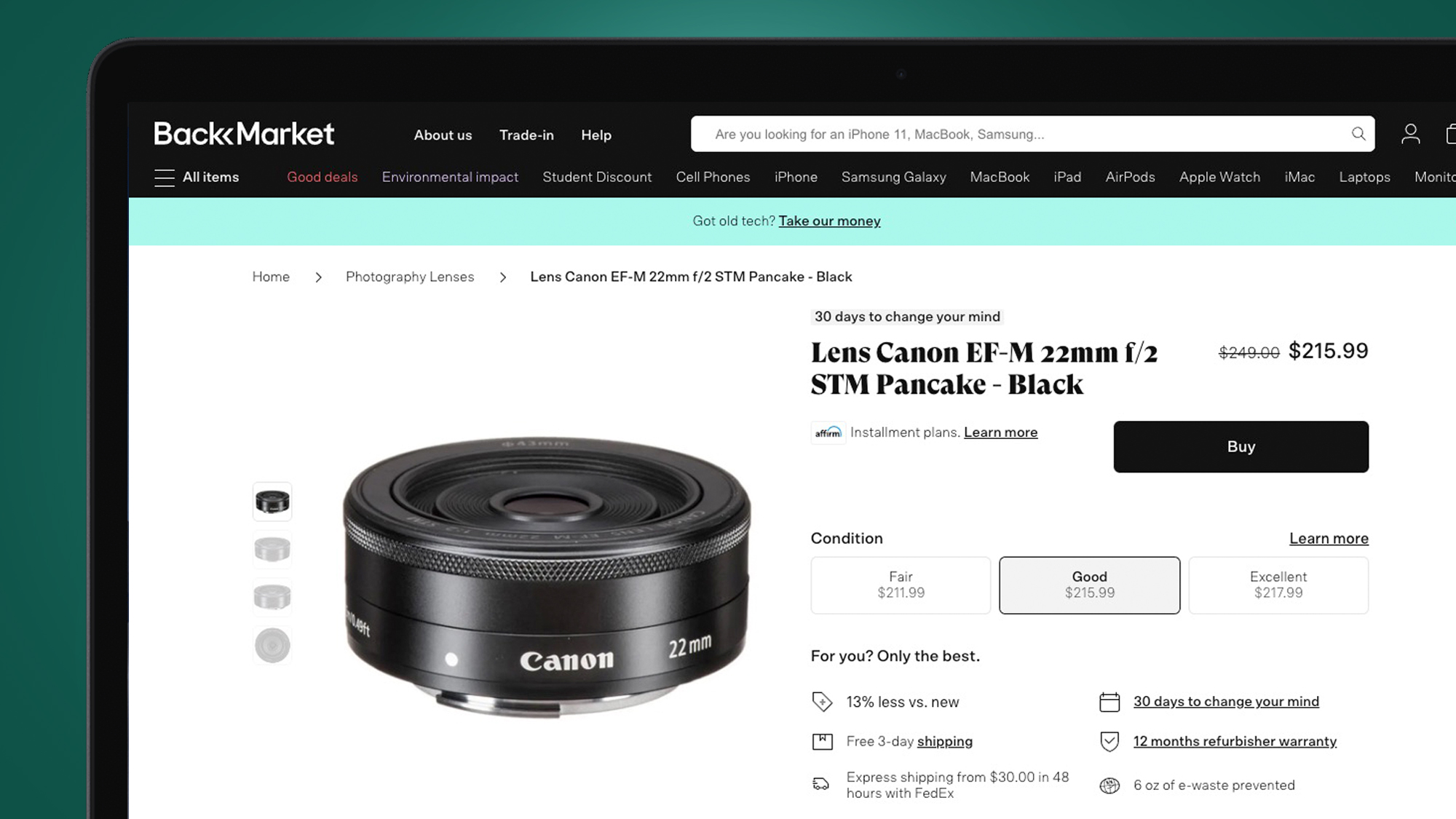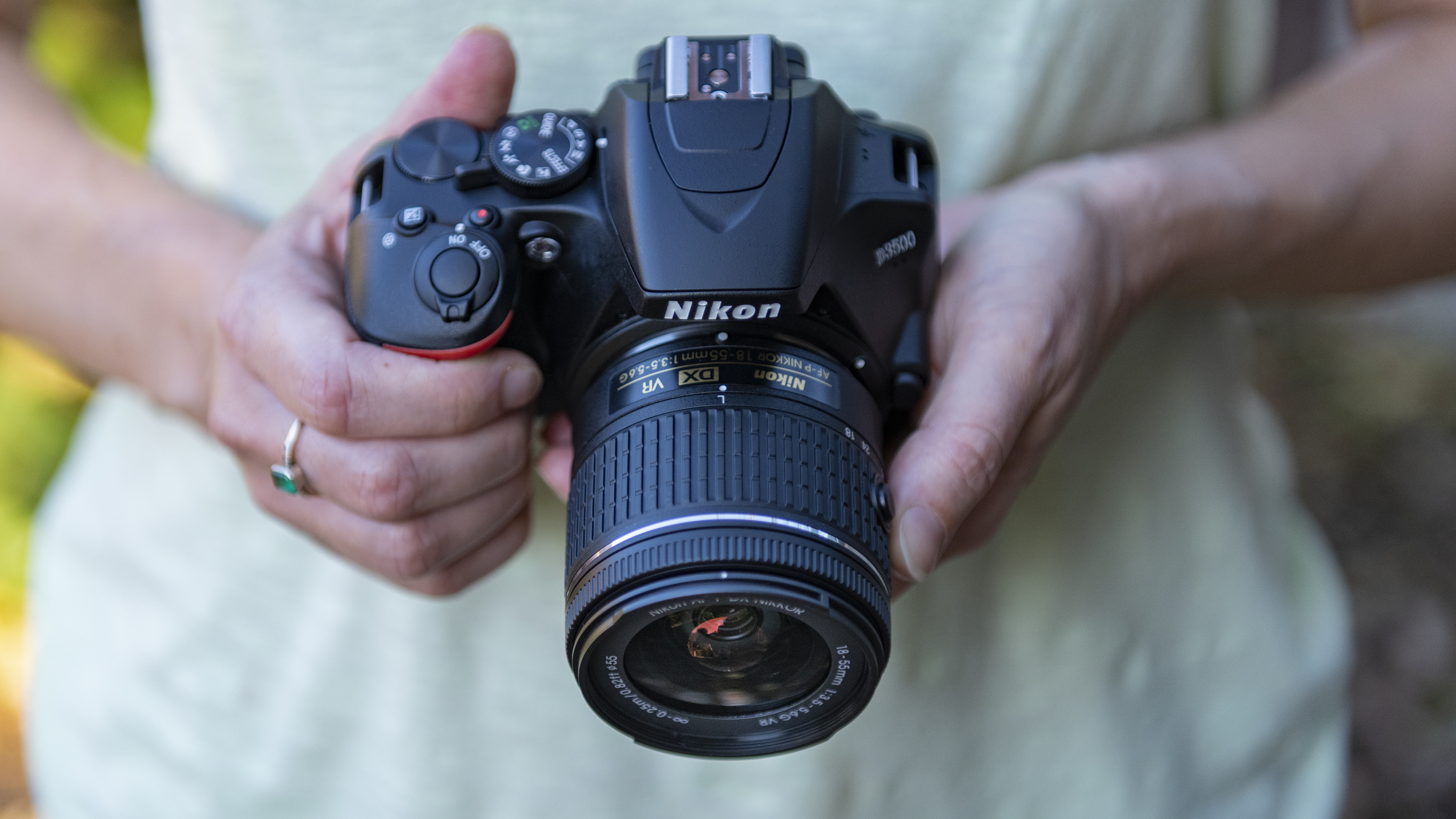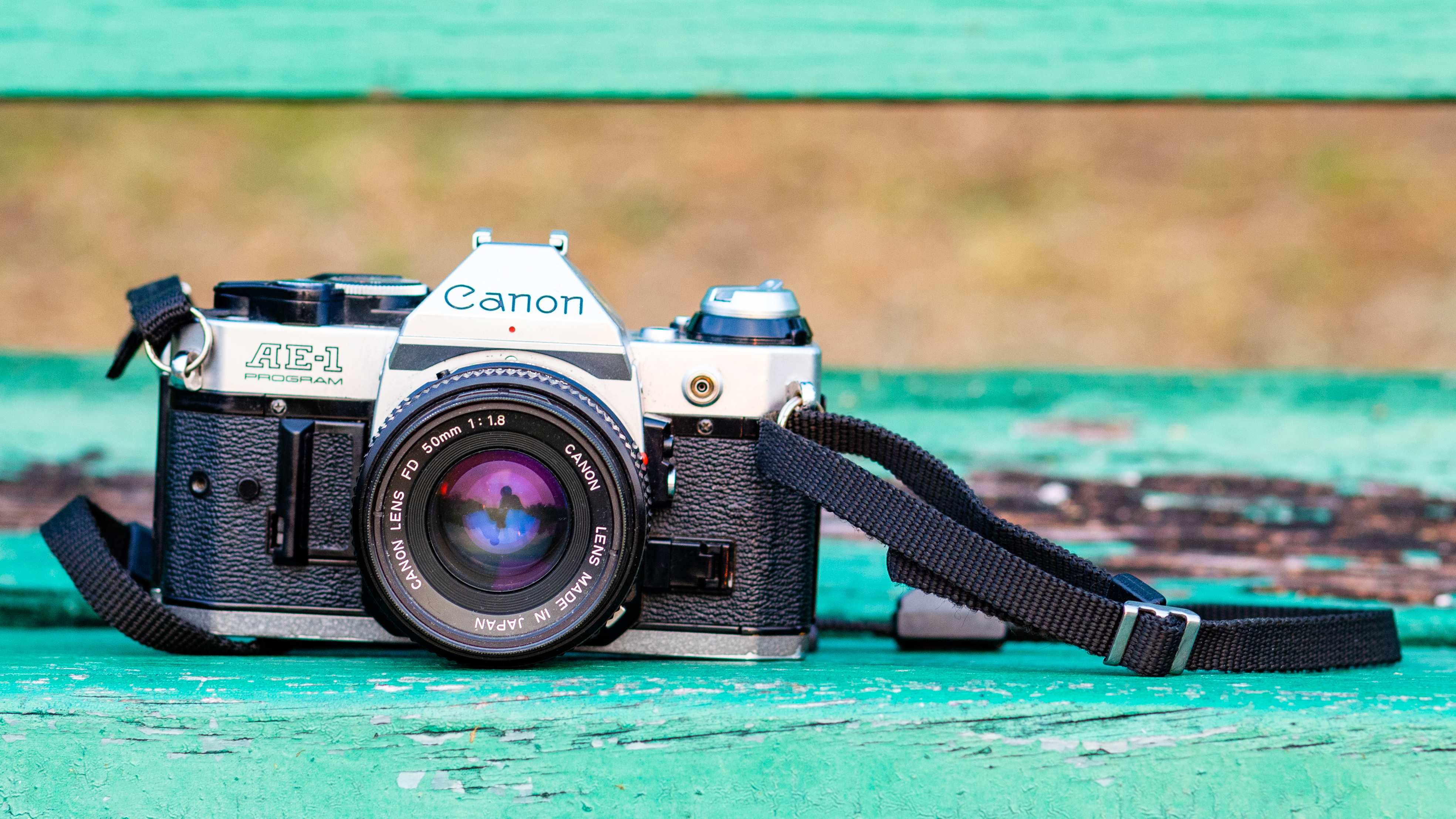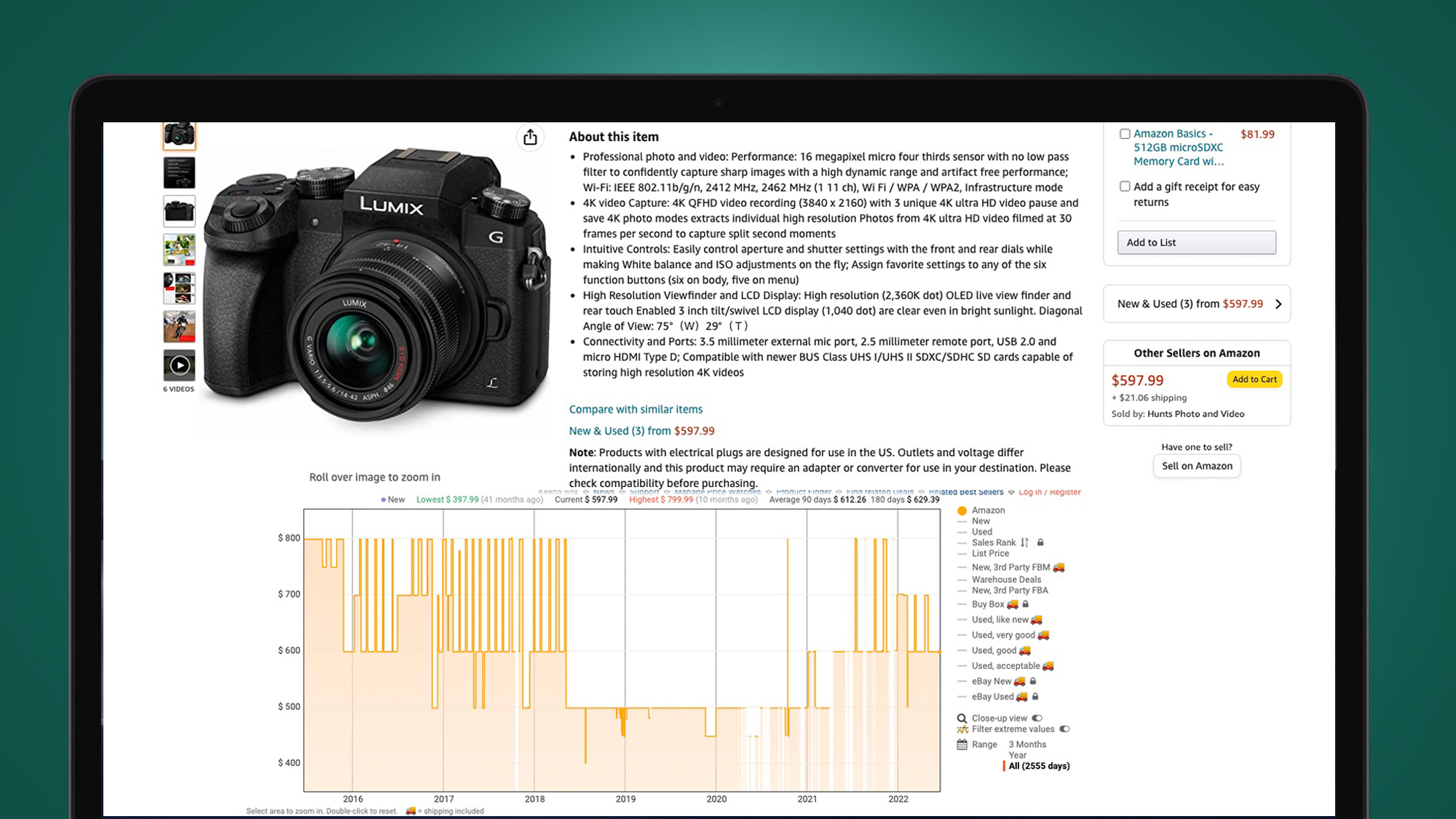Photography can be a costly hobby, but you don’t need to break the bank to get a quality camera. Nowadays, with a budget of around $500, you can find a device that outshines most smartphones, provided you know where to search and what features to prioritize.
We’re here to assist you. We dedicate considerable time to searching for camera deals online and have developed a keen sense for the fluctuations in photography promotions. While these offers can be unpredictable, selecting the right camera remains more crucial than simply chasing the lowest price.
By following the tips outlined below and tailoring them to your specific preferences, you’ll significantly increase your chances of scoring a great camera for under $500. Here are our top recommendations for finding a camera bargain, regardless of the type of photography or videography you wish to pursue.
1. What do you want to capture?
Every camera has its limitations — even the outstanding Nikon Z9. A key step in purchasing a camera is identifying the types of images you’ll most likely want to capture. Are you interested in family portraits, or are you looking to enhance your street photography skills? Perhaps your focus will be on creating videos with occasional stills?
While figuring this out may not be the most thrilling part of the shopping experience, it’s critical for ensuring you select the camera that best fits your needs. After all, acquiring the right equipment for your specific tasks is the most effective way to maximize that $500 budget.

We’ve compiled some camera recommendations below, many of which are highlighted in our guide on the best budget cameras, tailored to common shooting styles. While it’s not a comprehensive list, it should help you understand the features to consider.
2. Think about buying used
With pricier mirrorless models becoming the norm and many entry-level DSLRs now off the market, finding a new camera for under $500 is increasingly challenging.
The good news is that the market for refurbished and second-hand cameras is thriving — and with mirrorless technology reaching a plateau, there are some excellent deals available on earlier models.

For a detailed guide on purchasing used equipment, check out our article on how to buy a second-hand DSLR or mirrorless camera. Prefer a quick summary? If you’re buying personally, check the camera’s usage history on websites like Camera Shutter Count, inspect it in person if possible, and ensure it’s not flagged in Stolen Camera Finder. Popular used options include DSLRs like the Nikon D3500 and Canon EOS Rebel SL3 / EOS 250D, as well as mirrorless alternatives like the Fujifilm X-T2.
It’s also wise to take a look at refurbished shops, such as Back Market, and trusted second-hand platforms like MPB, along with established retailers like B&HPhoto, Adorama, and KEH (for US customers), or Jessops, London Camera Exchange, and Park Cameras (for UK buyers). While prices may be slightly higher than private sales, purchasing from reputable stores often comes with a warranty.
3. Begin with lenses
If you’re interested in an interchangeable lens camera, first assess whether you really need that capability.
DSLRs and mirrorless cameras offer great versatility and future-proofing; for instance, if you discover a passion for a certain photography style, you can invest in a specialized lens later. However, many users find they never upgrade beyond the included kit lens, which might undermine the advantage of choosing an interchangeable model in the first place.

If you’re committed to a DSLR or mirrorless setup, factor in lens costs and think about which lenses will best support your photography style. While a camera may seem like a great deal at under $500, it may not be as enticing if the lens needed for your projects is an additional expense. Also, purchasing a kit lens might not be the best option if you plan to upgrade to longer or higher-quality lenses immediately.
Here’s a quick reference for ideal lenses based on different photography genres. The focal lengths mentioned are for full-frame equivalents, so adjustments may be necessary based on the camera’s sensor size. For example, a 50mm lens on an APS-C body translates to a 75mm equivalent on full-frame, while a 50mm on a Micro Four Thirds camera appears as 100mm on full-frame (just apply the 2x multiplier for other lenses).
- Travel: super-telephoto (18-300mm)
- Street: prime lens (35mm or 50mm)
- Portraits: prime lens (50mm or 85mm)
Landscape: wide-angle zoom (10-24mm or 16-35mm)
- Sports and Wildlife: telephoto zoom (100-400mm)
- Astrophotography: wide-angle prime (14mm) or zoom (14-24mm)
4. Explore Film Photography
Film cameras may not suit everyone, especially those seeking convenience and pristine image clarity. However, if you’re interested in experimenting with different film types and prefer an engaging photography experience that’s quite different from smartphone use, film cameras could be a great option.
The best part? Despite the resurgence in film photography, there are still some classic models available at affordable prices, often under $500 with a prime lens included.

Keep a few factors in mind when looking for a film camera. For detailed advice, check out our guide on the best film cameras. The key choices include whether to go for a more popular SLR (Single Lens Reflex) or a rangefinder style, and whether you prefer a fully mechanical camera like the Pentax K1000 or a more user-friendly model with electronic features, such as the Canon AE-1 (shown above).
If you’re willing to deal with quirks, imperfections, and sometimes hard-to-find film stocks, film cameras can provide an enjoyable photographic experience at a low cost.
5. Find the Best Deals
Mirrorless cameras simulate the smartphone shooting experience well due to features like electronic viewfinders and touchscreens.
Popular mirrorless models first emerged in the early 2010s and have evolved through several generations, with significant improvements seen by the second or third generation when initial issues were resolved. Hunting for a camera in this “sweet spot,” especially well-loved pre-owned options, can yield impressive finds for under $500.

Some excellent mirrorless options include the Fujifilm X-T20, Olympus OM-D E-M10 Mark II, and Panasonic Lumix G80 / G85. All three feature advanced capabilities in compact designs, with good EVFs (electronic viewfinders), touchscreens, and reliable autofocus. If you prefer a compact ‘mini DSLR’ and are okay with purchasing second-hand, these models could be great sub-$500 choices, as they also have a wide range of lenses available, including budget-friendly ones.
6. Purchase at the Right Moment
While it’s tempting to buy a camera as soon as you find one you like, exercising a little patience can lead to better deals. Seasonal sales or major shopping events like Amazon Prime Day (usually in mid-July) can offer significant discounts, sometimes bringing items that were previously out of budget under $500.
What should you keep an eye out for? In the northern hemisphere, camera manufacturers typically target early summer for holiday commerce, starting their promotions in spring (from March-June) or even later. For example, Panasonic recently offered an enticing deal where customers received free lenses with purchases of their Lumix G9 and Lumix S5 in the UK. Checking the manufacturer’s website for cashback promotions is definitely worthwhile.

If it’s not the typical promotional season, don’t worry – looking for camera bargains during events like Amazon Prime Day (mid-July) or Black Friday (starting November 25) can be fruitful. While searching retailers during these periods can be done manually, a more efficient method is to use free tracking tools like Keepa and CamelCamelCamel. You can enter a camera you’re interested in, and they’ll notify you of price drops – or you can check price histories on Amazon via browser extensions to find the best deals.
Lastly, websites like Slickdeals (in the US), HotUKdeals (in the UK), and our own guide to the best cheap camera sales and deals will help you see which camera bargains are currently trending. Even outside typical sale seasons, it’s possible to find good deals as retailers clear stock or if products have recently been discontinued.


